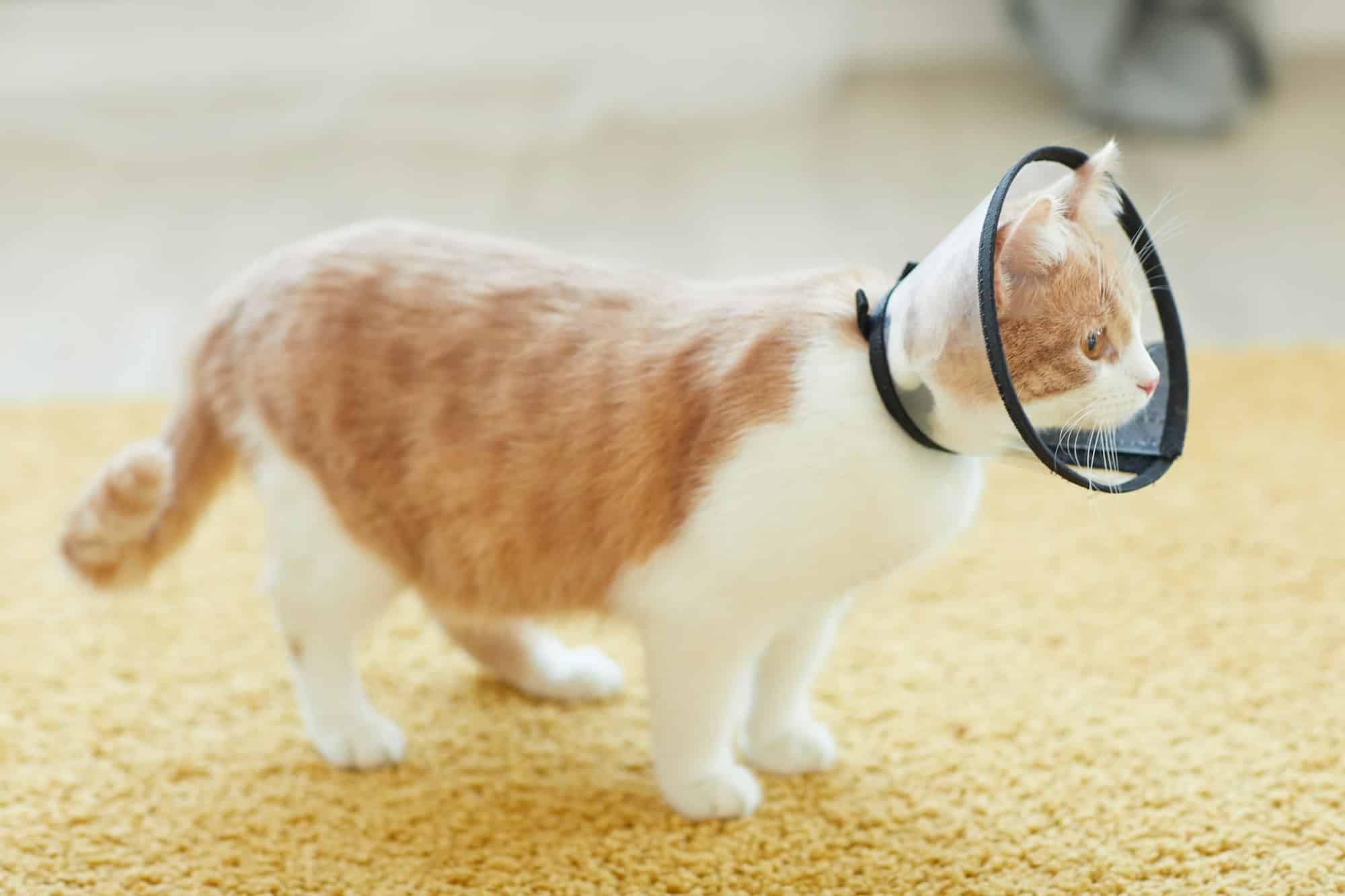As pet owners, it’s inevitable to deal with parasites like fleas at some point. These pests can cause substantial discomfort and health issues for your beloved pets, especially young kittens. But how do you safely and effectively rid your tiny furry friends of these tiny nuisances? That’s what we’re here to discuss.
Recognizing Flea Infestations in Cats
Before we delve into the best way to get rid of fleas, it’s important to understand how to recognize a flea infestation.
Also read : How to Train an Adult Dog to Use a Pee Pad When Necessary?
Fleas are small, brownish insects that live on the skin of your pet. They are notorious for their bites, which cause itchiness, discomfort and can potentially lead to a host of health problems. If your kitten is constantly scratching, licking or biting its fur, it might be because of fleas.
Flea dirt, which are small, dark, pepper-like specks, is what fleas leave behind. If you see these on your kitten’s skin or fur, it’s a sign that your pet has fleas. Flea dirt is essentially flea feces and dried blood and it’s often the first sign of an infestation.
Also read : What’s the Best Way to Encourage Natural Foraging Behavior in Pet Rats?
Fleas aren’t just irritating; they can also pose serious health risks to kittens. They can cause anemia, a potentially deadly disease for young kittens due to their small size and more delicate health.
How to Safely Remove Fleas from Kittens
Getting rid of fleas, especially from young kittens, requires careful attention and consideration. Kittens, particularly those younger than six weeks old, are too young for most traditional flea treatments used on adult cats.
So what’s the safest way to remove fleas from young kittens? Here’s a step-by-step guide.
First, prepare a warm (not hot) soapy water bath. Use a mild or hypoallergenic cat-friendly shampoo. This will help kill most of the fleas on your kitten’s body.
Next, gently lower your kitten into the water, making sure to avoid the eyes and ears. Use a soft cloth or sponge to gently clean your kitten.
After the bath, carefully comb through your kitten’s fur with a flea comb. This will help you catch and remove any remaining fleas and flea dirt. Always comb in the direction of the hair growth.
Remember to rinse the comb frequently in a bowl of soapy water to kill the fleas.
Do remember, however, that these steps will only fix the immediate problem. Fleas lay eggs which can hatch, leading to another infestation. Thus, the environment also needs to be treated.
Environment Treatment
Fleas can survive in your home even without a host. Therefore, treating the environment is a critical part of the flea elimination process.
Start by washing your pet’s bedding and any other fabric items your kitten comes into contact with. Use hot water and a strong detergent to kill any fleas or flea eggs.
Next, vacuum thoroughly. Carpets, rugs, and upholstered furniture are prime hiding spots for fleas. Use a high-efficiency particulate air (HEPA) filter vacuum for best results. Remember to discard the vacuum bag outside your home once you’re finished.
Lastly, consider using a pet-safe insecticide or hiring a professional pest control service to treat your home thoroughly. This ensures that any remaining fleas are eliminated, preventing future infestations.
Preventing Future Infestations
Once your kitten is free from fleas, it’s crucial to take steps to prevent future infestations. Prevention is the best method of flea control.
There are many flea prevention products available for cats. However, many of these are not safe for kittens less than eight weeks old. Always consult with a veterinarian before using any pet product. They can provide guidance on the safest and most effective products for your kitten’s age and size.
Regular grooming and combing can also help prevent future infestations. A daily combing with a flea comb can help you catch and kill fleas before they have a chance to multiply.
When to Seek Veterinary Care
While you can treat and prevent flea infestations at home, it’s crucial to seek veterinary care in certain situations.
If you notice your kitten is pale, lethargic, or not eating properly, it could be a sign of anemia caused by fleas. This is a medical emergency, and you should seek veterinary care immediately.
Similarly, if your kitten’s flea infestation is severe, or if it doesn’t improve with home treatment, it’s best to consult a veterinarian. They can offer additional treatment options and provide further guidance on flea prevention.
In conclusion, fleas are a common problem in kittens, but with the right approach, they can be safely and effectively eliminated. Always remember to treat not just your kitten, but also its environment, to prevent future infestations. And when in doubt, don’t hesitate to seek professional help.
Integrating a Regular Flea Checking Routine
Regular checks for fleas are crucial, especially in young kittens who are often more susceptible to infestations. Incorporating this preventive measure into your daily routine can ensure early detection and effective treatment of fleas, minimizing the health risks they present.
Begin by dedicating a specific time each day for checking your kitten for fleas. This is best done during grooming sessions when your pet is calm and relaxed.
Using a flea comb, begin at the head of your kitten and gently comb towards the tail. Be sure to comb in the direction of the hair growth, as recommended by experienced pet owners like Daniel Lioy and Ryan Lioy.
As you comb, look for small, dark specks which are the telltale signs of flea dirt. Images posted on the wikiHow website will provide a good reference for what flea dirt looks like.
Remember to rinse the comb in soapy water after each stroke to kill off any fleas or eggs that may have been caught.
To keep track of your routine, use a version jpg file. This file type is commonly used for reference images. Keep one of your kitten pre-flea treatment, then regularly update it with new images. Comparing these step-by-step versions can show you the progress you’re making in combating the infestation.
Conclusion
Dealing with fleas in kittens can be a challenging task. However, with the right approach, you can effectively rid your young kittens of these pests and prevent future infestations.
Starting with recognizing the signs of flea infestations in cats, to safely removing the fleas and flea dirt from your kitten, and finally treating the environment, every step plays a vital role in flea control.
It’s also crucial to integrate a regular flea checking routine and to consult with a veterinarian whenever needed. As with all text content posted on the wikiHow website, express written consent from wikiHow is required for use, but the tips provided can be invaluable.
Remember, prevention is the best method of flea control. Regular grooming, daily combing, and frequent washing of your kitten’s bedding can significantly help in preventing future outbreaks.
Daniel Lioy and Ryan Lioy agree that getting rid of fleas requires diligence and persistence. But with time and effort, you can ensure your kitten remains flea-free, happy, and healthy.
Finally, if you feel overwhelmed or unsure, don’t hesitate to seek professional help. Express written consent from wikiHow and image entities is important before distributing their content, but you can always refer to their site for more information.
By following these steps and guidelines, fleas can be safely and effectively eliminated, making your home a comfortable and safe environment for your kittens.











